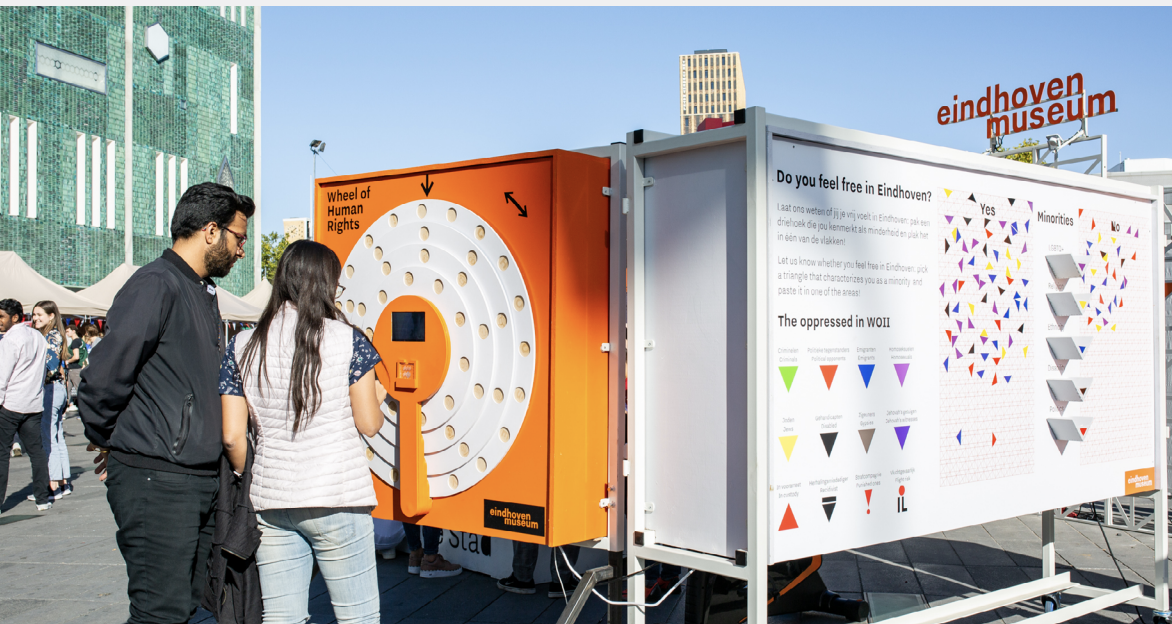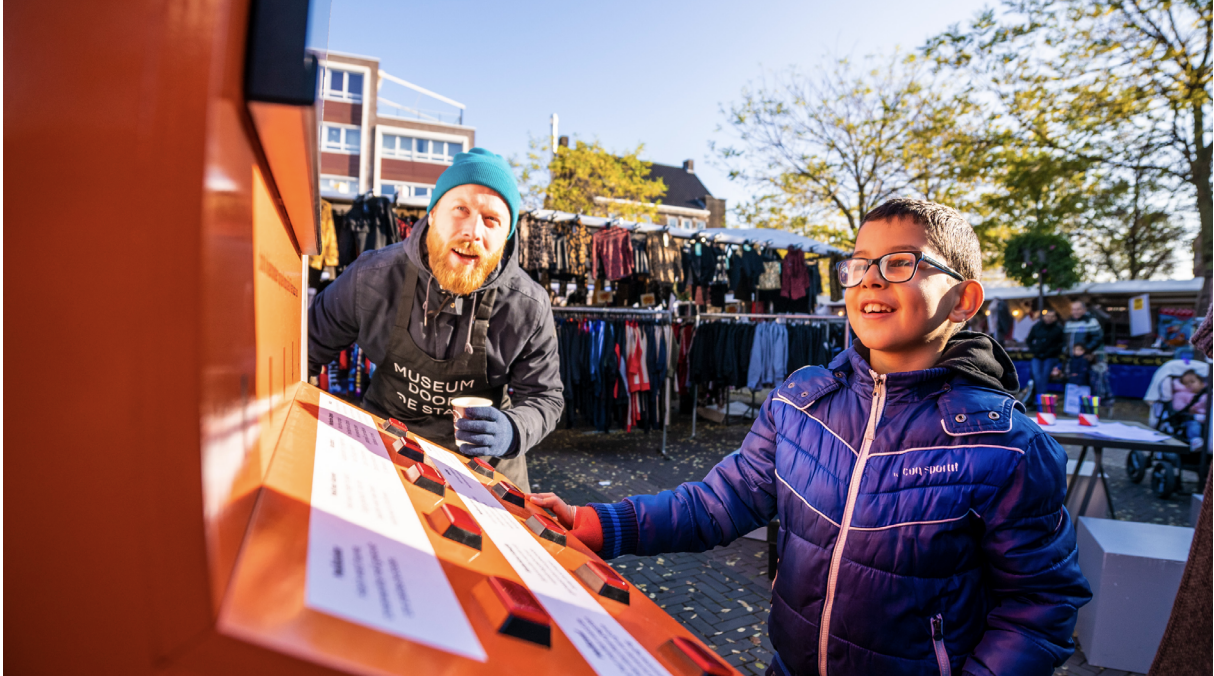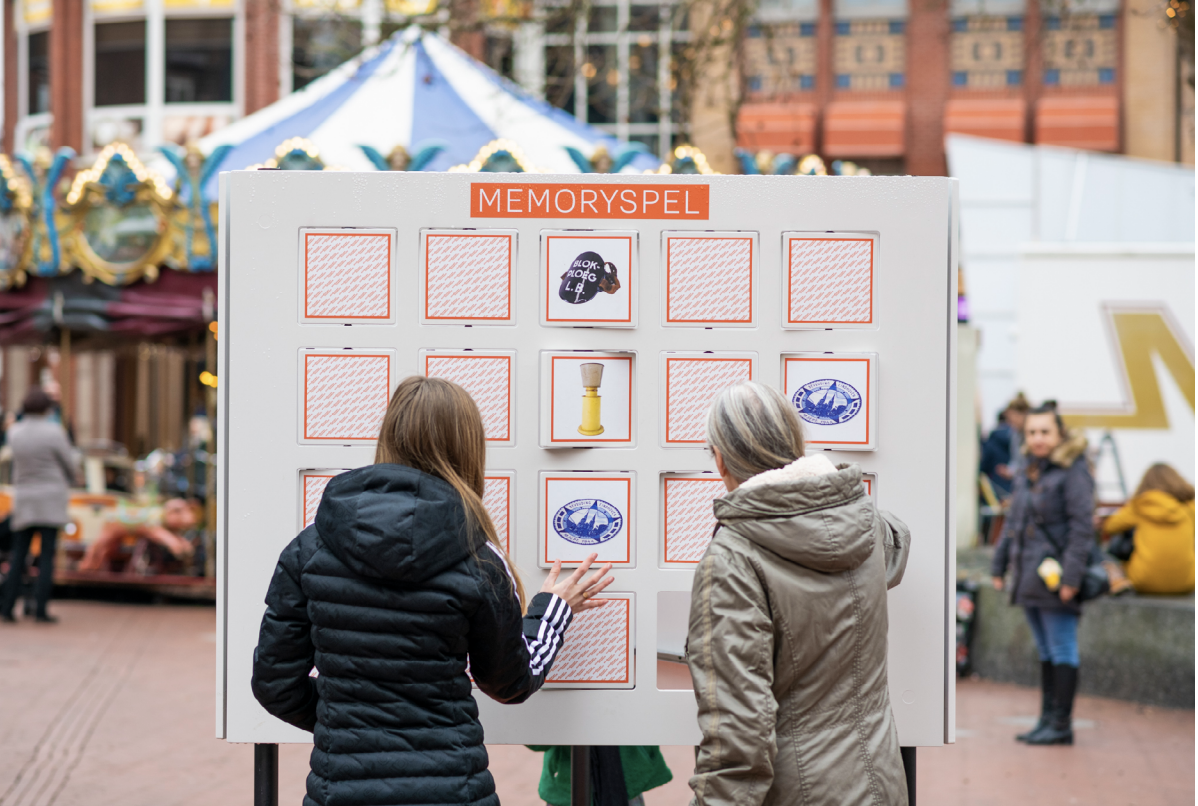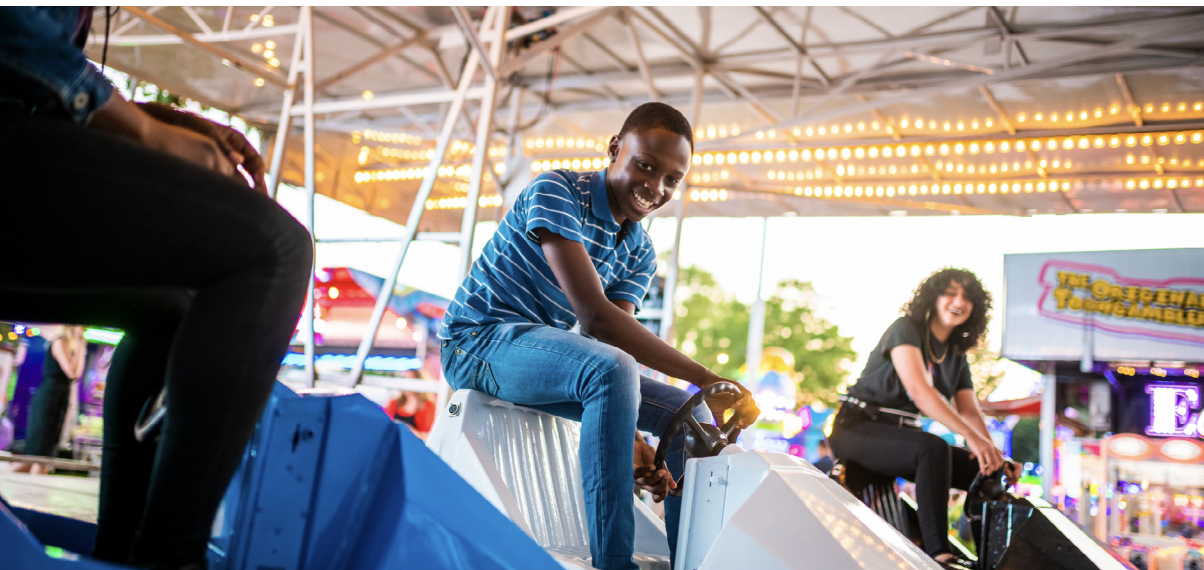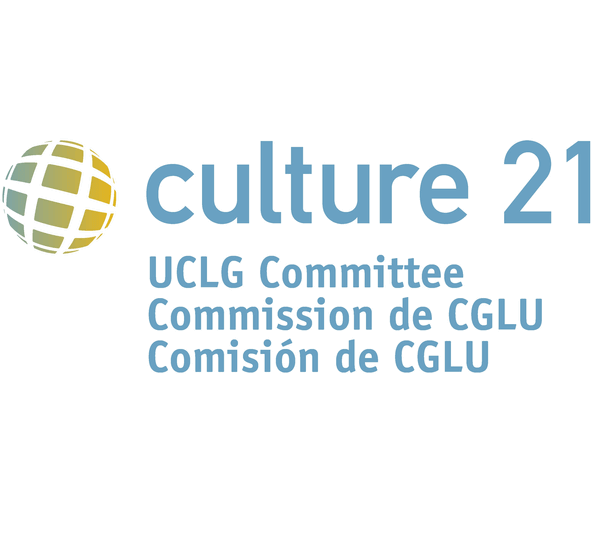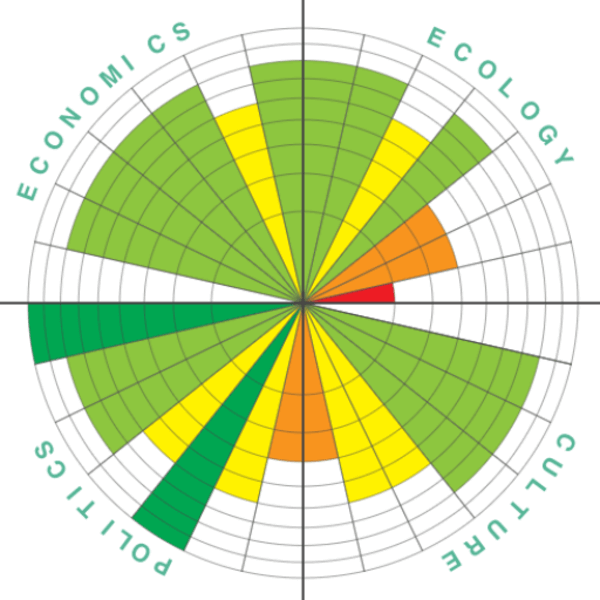City
Eindhoven
Main actors
Local Government, Private Sector, Community / Citizen Group
Project area
Whole City/Administrative Region
Duration
Ongoing since 2018
In the Netherlands, heritage has become a prominent topic of discussion at both local and national levels, with Museum door de Stad playing a key role in elevating its significance in Eindhoven. By securing the confidence of local and regional policymakers along with national cultural funding bodies, the museum has advanced its strategic vision to transform the existing open-air museum into the innovative historical museumpark VONK!
Museum door de Stad significantly transformed Eindhoven Museum's reach and reputation. The project boosted the museum's visitor numbers by one-third, attracting 16,750 participants in 2019 alone. By diversifying its public engagement, the museum successfully drew in first-time visitors and substantially increased its international audience.
Beyond audience growth, the project enabled Eindhoven Museum to expand its network, forging connections that extended well beyond the traditional cultural sector. This strategic outreach culminated in a notable repositioning of the museum's brand, establishing it as an innovative and experimental historical institution with growing visibility both locally in Eindhoven and nationally within the cultural landscape.
This study case is based on a good practice provided by the City of Eindhoven and promoted by the UCLG Committee on Culture. The original document can be found here.
On Map
The Map will be displayed after accepting cookie policy
